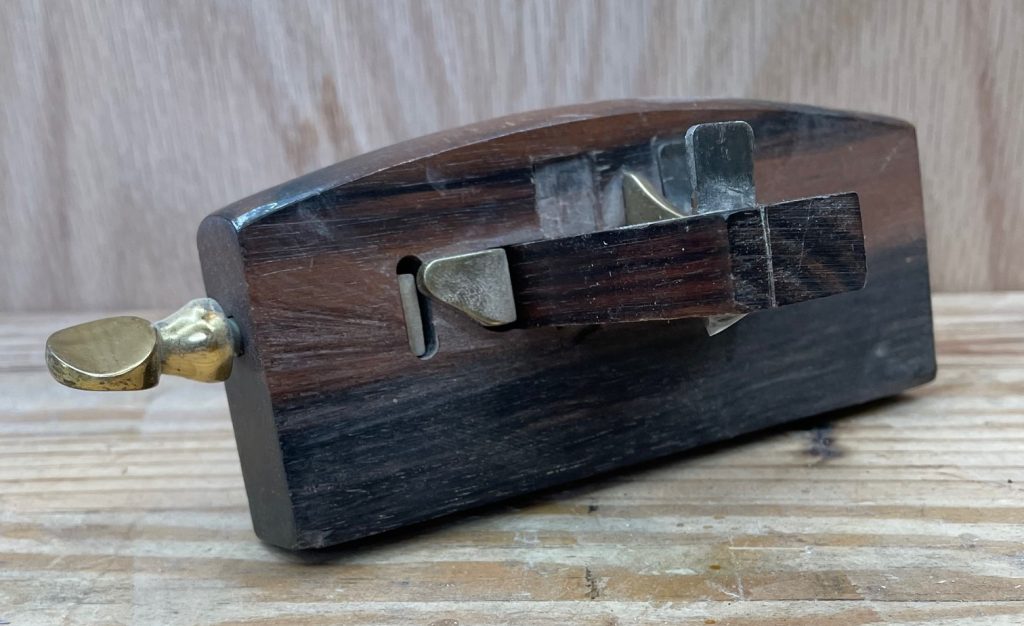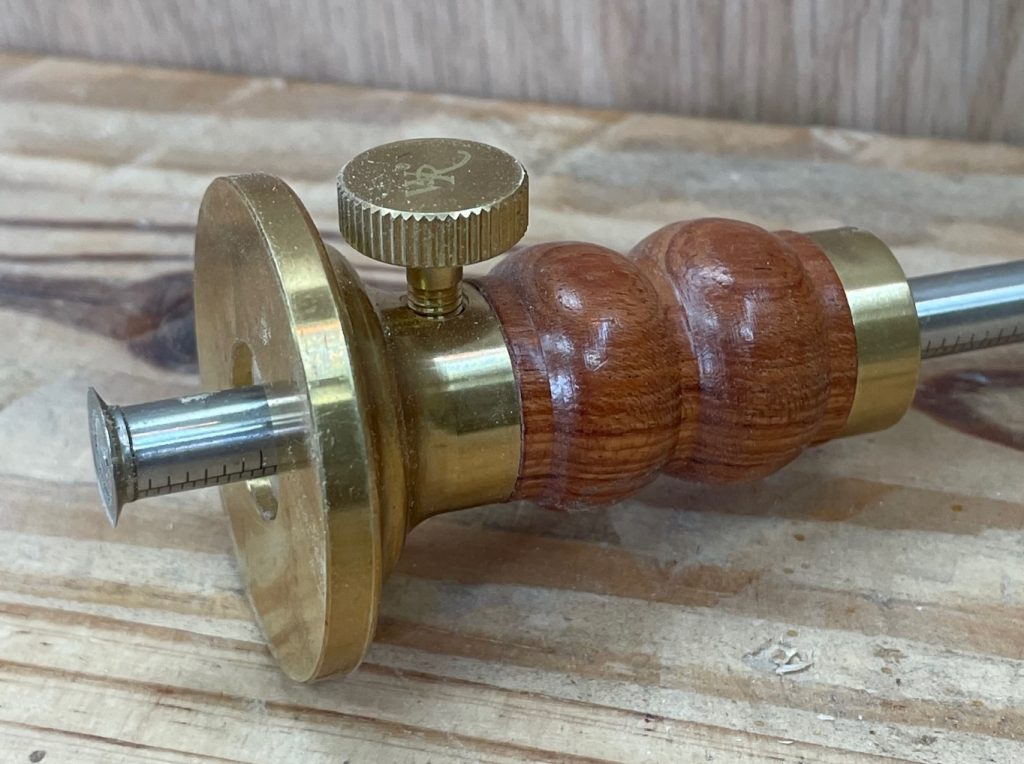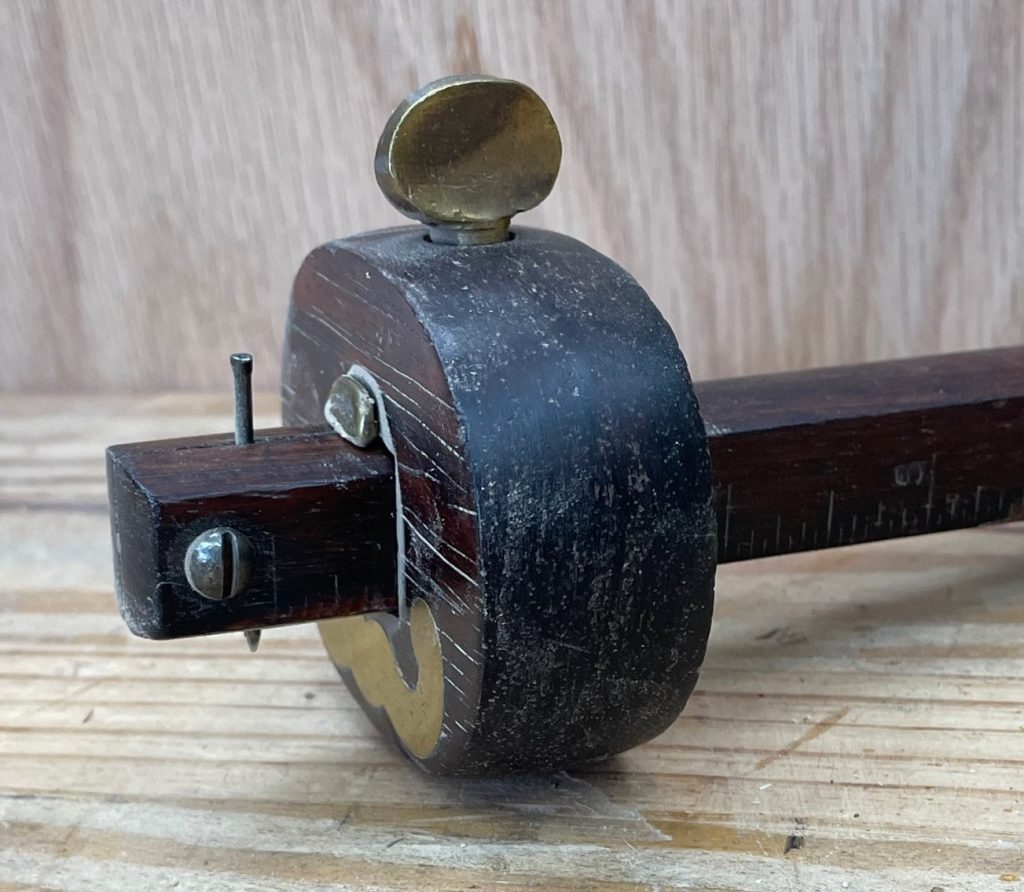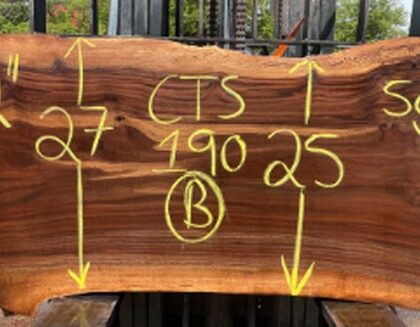Woodworkers frequently utilize marking gauges as a standard tool to achieve precise markings on the wood, aiding in the planning and layout of their projects. But when you go to the store you will see several different types, so which one will you need? Depending on your situation, it might be all of them.
All the marking gauges will typically have the same components. They consist of an arm or beam, a fence with a nut or some other means to lock it in place, and something to actually make the ability to mark the wood. In my case, I have three different types and each serves a unique purpose. The “pin” making gauge, the “knife” marking gauge, and the “wheel” marking gauge,
The traditional marking gauge that you will typically see is the “pin” marking gauge. The pin is a small hardened piece of steel that comes to a sharp point. This marking gauge works really well when going with the grain of the wood. However, going across the grain on the wood, the pin tends to splinter the board as it makes its mark. This sometimes can be an issue if that line might be on your workpiece where it might be visible to the individual.
But there is another advantage to why you might want this style in your tool collection. Sometimes we absolutely don’t want any mark/line visible on the project. For instance, when layout out mortises. We don’t want the line to go past the size of the rail that has the tenon. If we do go past it, the marking line will certainly be noticeable and that is not good. To prevent this, find the location where you want the marking gauge to end. Push the pin deep into the stopping point making a deep impression. Now as you begin your line at the opposite end, as the marking gauge approaches the end, it will sink into the impression mark you made. This will be very noticeable when you feel it and you will know to stop and not go any farther.
The second type is the “knife” marking gauge. The knife piece is a thin, high-carbon piece of steel. It has a slight edge and comes to a point. Usually, they are beveled on one side facing towards the fence. These types of marking gauges are exceptional for going across the grain on a board. They make clean, clear lines. However, sometimes when going with the grain of a board, if the wood has a waving grain pattern or a grain pattern that runs out to the edge, the knife starts tracking in the grain pattern and actually pulls the marking gauge away from the board.
Once again, this style marking gauge offers a unique advantage that the “pin” style doesn’t. The knife can be sharpened like a razor and this makes it exceptional for cutting veneer in thin long strips.

Now if I am teaching a demo and have to pack just one marking gauge, I would take the third option, the “wheel” marking gauge. The name is slightly misleading. It’s not a wheel that goes round and round. It’s actually a conical disc that doesn’t move. The disc gradually narrows or tapers towards one side facing the fence, forming a cone-like structure. Because of the shape, it makes it the superior choice for going with the grain and across it too. This is the one I reach for most in my shop. However, it doesn’t work as well cutting veneer as the “knife” marking gauge, and it doesn’t give the stopping reference like the “pin” marking gauge.

Of course, each of these styles also can come with two arms for marking two lines for laying out mortises. But that type isn’t used regularly in my shop so, in my opinion, those aren’t a primary need.
Having more tools always gives you the flexibility to do more and makes tasks easier to handle. But always stay within your budget and build your collection slowly with time. And if you become like me, then you will forget what you already have and sometimes buy two of the same thing.
Chad Stanton- Owner of Stanton Fine Furniture 6-26-2023




